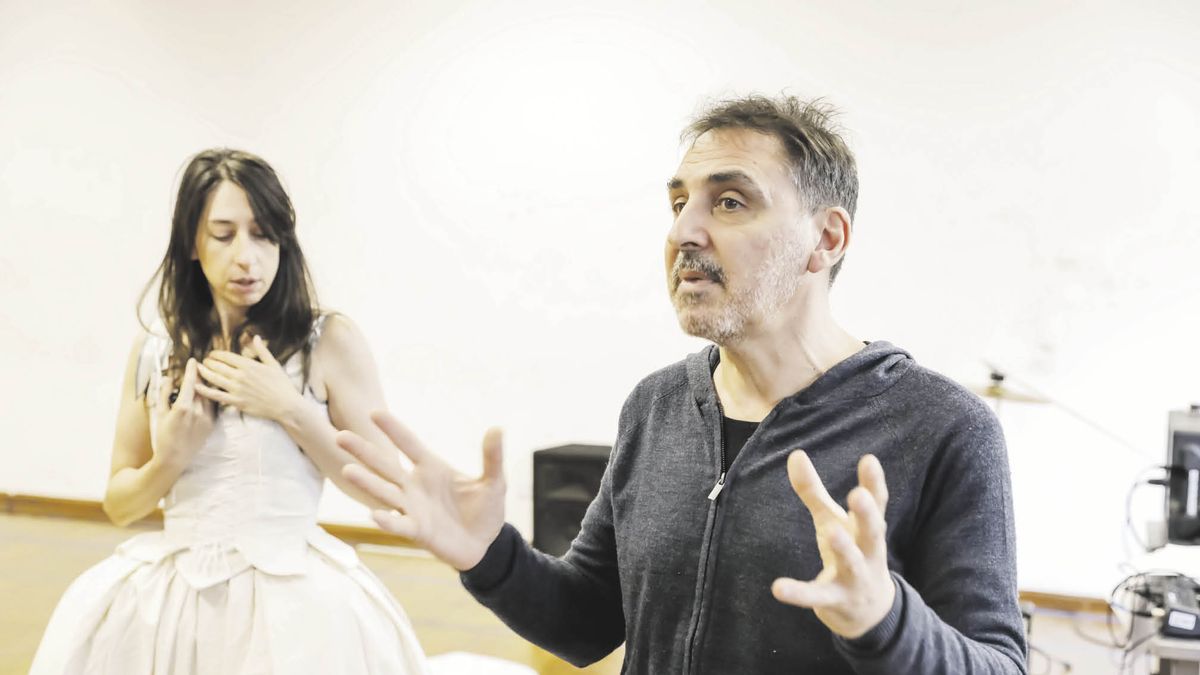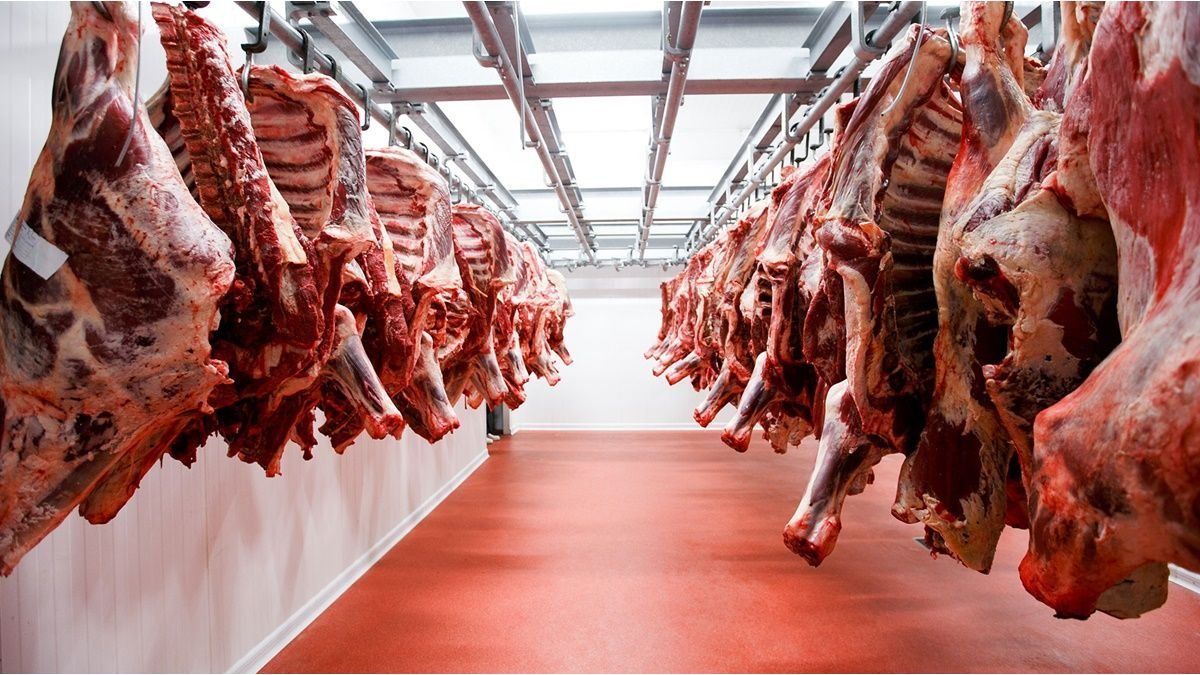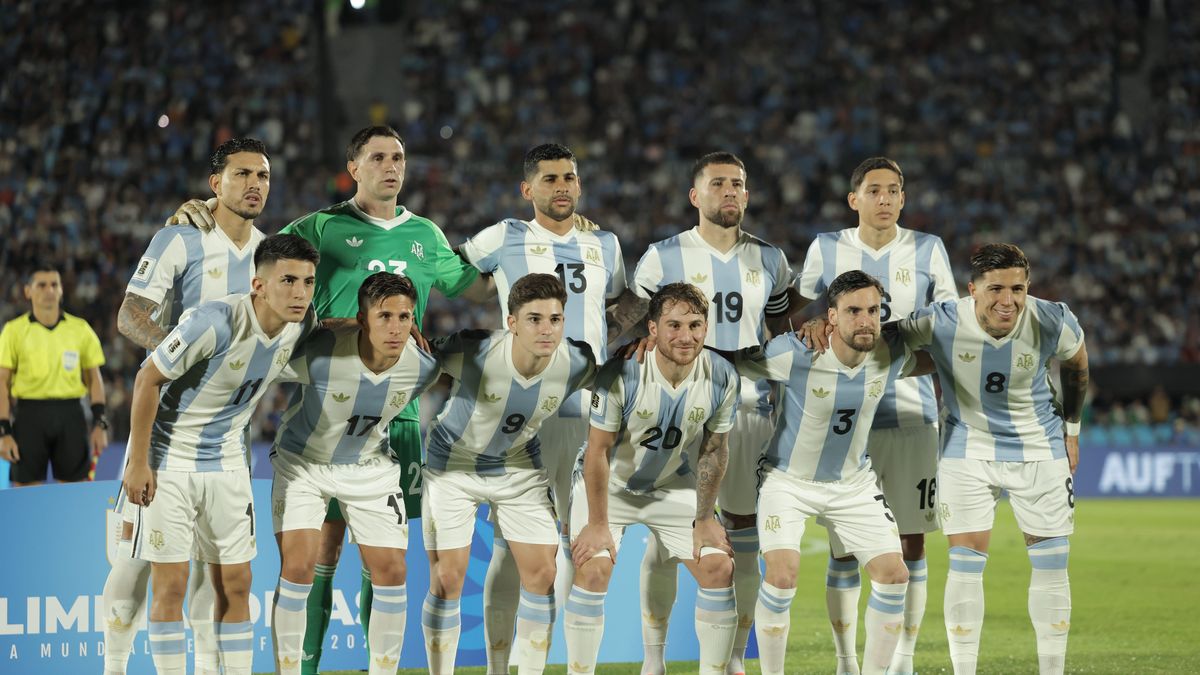Journalist: How is this version of Medea?
Emilio Garcia Wehbi: I based myself on the text by Pascal Quignard that is part of a book, “The origin of dance”, and reflects poetically on the theme of Medea. The result of this version is neither a linear reading nor a drama in classical terms, nor a standard dramaturgical development. In the adaptation I made, I combined three texts that resulted in a kind of essay about tragedy as a format, taking the myth of Medea as its axis. I sought a reflection on the initial conditions of tragedy as a theatrical system, and on the other hand on the intrinsic conditions of femininity in relation to motherhood, the female body as a power to give life and to take it away as well. There is an emancipatory character in the most classical readings of Medea, not just the contemporary ones.
Q.: How did you design the staging based on Nicola Constantino’s visual concept?
EGW: It is a mechanical structure, all the elements of the scene complement each other mechanically: the tracks and the live music, the visual structure, the text and the interpretation put together a whole that is not the monopoly of the actor but rather all the objects make up the construction site. I take from Nicola Constantino a period in which he worked with the unborn and the reproduction of newborn and deceased animals. There is a game with the presence and non-presence of the human body and the animal condition of the mammals that we humans are. The four elements that I mentioned before, music, text, scene and performance are combined in this unconventional stage machinery.
Q.: What is the validity of “Medea”?
EGW: The myth of Medea describes a mother who kills her children out of passion or revenge, then the obligation to mother is questioned, the tension between the passions. She kills for having been abandoned by Jasón, there is a complicated relationship between motherhood and femininity that I am interested in exploring, without taking sides or asserting, only asking questions. At this juncture, the issue of the feminine appears in works, films, literature, visual arts, social practices, politics, it is a spirit of the times and often appears as a mirror. My version aims to go a little further and dig in more awkward places.
Q.: How is this return to Cervantes after “Thyestes and Atreus” in 2018?
EGW: At that time I worked in the big room with 12 performers and the people from the theater were very proactive about my proposal, which was complex in terms of scenery, with two changes, and a lot of dirt was generated per performance, but the attitude was always positive. The same this time, in all areas, workshops, costumes, props, the experience is good.
Q.: Still not going to the theater?
EGW: I am reluctant because I maximize my time producing and I prefer not to contaminate myself with fashions or trends, I want to maintain this singularity.
Source: Ambito
David William is a talented author who has made a name for himself in the world of writing. He is a professional author who writes on a wide range of topics, from general interest to opinion news. David is currently working as a writer at 24 hours worlds where he brings his unique perspective and in-depth research to his articles, making them both informative and engaging.




